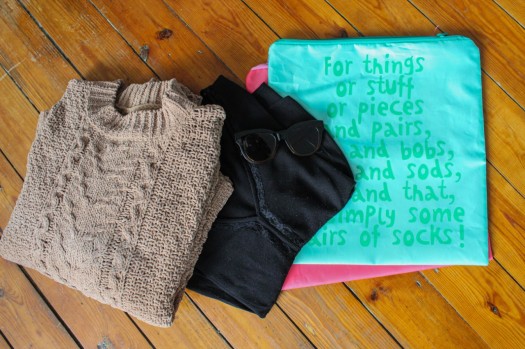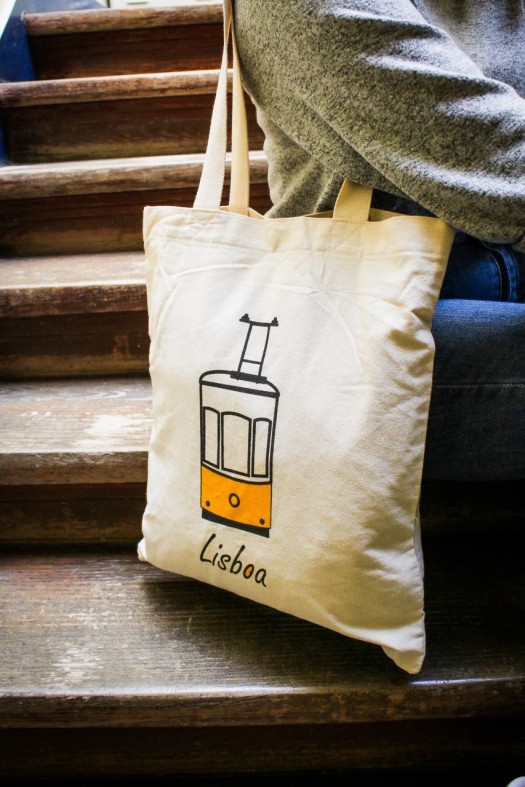Hey,
When it comes to sustainable habits, hygiene and beauty products are often avoided. So, today we’re going to help you turn your hygiene routine into a greener one. Ready?
When you are brushing your teeth:
Our mothers taught us to close the tap when we are brushing our teeth so that the water stops running. But did you know you can make other changes too? Well, let’s start with that toothbrush of yours.
Certainly, you change it a few times a year. That multiplied by lots of people puts the number of plastic toothbrushes that get discarded every year in the billions! Also, most of these end up floating in the ocean where they can damage ecosystems or filling up giant landfills. For example, in the United States of America alone between 850 million and over a billion toothbrushes are discarded and end up in landfill each year.
You can do your part by replacing yours for a bamboo biodegradable one! They’re really cute so what do you really have to lose anyway? Besides that, there is also a greener option for the toothpaste, one that instead of being inside a plastic package is inside a glass container! Oh, and let’s not forget about the dental floss!
When you’re taking a bath:
Taking a bath, our favourite time of the day! But have you noticed that every product you use during this time is inside a plastic bottle? Studies show that liquid soap has a carbon footprint 25% larger than soap in bar. Moreover, liquid soap needs 5 times more energy to be produced and can use 20 times more packaging!
There’s no excuse to not be friends with the environment in this situation too! We can choose products in a bar rather than those in a plastic package. There are several options: shampoos, deodorants and even shaving products! Although it’s usually not sold in physical stores, there’re a lot of online stores dedicated to it.
Of course, these are many changes and you don’t have to do them all at once, but it would be nice if you’d give it a try!


Think about it,
Green Impact Team
References:
[1] Char Brush (2016, March 3). The Number Of Toothbrushes Discarded Each Year. Retrieved from: http://charbrush.com/general/environment-plastic-toothbrush/
[2] Mcloughlin, R. (2018, November 22). Beauty and the beast: plastic-free bathroom. Retrieved from https: //friendsoftheearth.uk/plastics/plastic-periods-menstrual-products-and-plastic-pollution on May 1, 2020.





